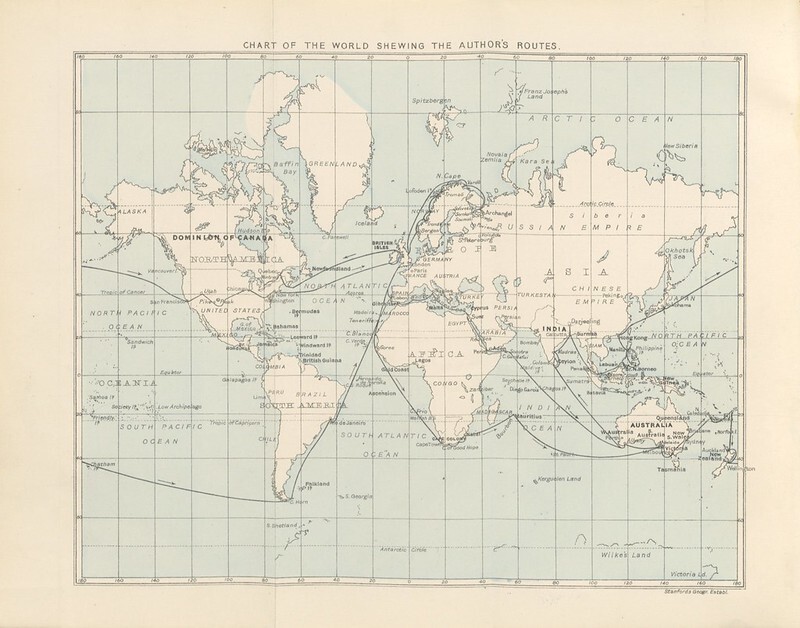My Omeka exhibit will focus on Victorian-era exoticism through an overview of a variety of Western-published examinations of myths. Specifically, I’ll be highlighting perceptions of myths from Japan, the Indian subcontinent region, China, North and South America, Oceana, and Egypt. Notably, most of these countries were at one point under colonial rule, and those that were not were nonetheless regarded as culturally fascinating given their ‘exoticness’. Upon looking over my sources, it came as no surprise that every single author was white, and all but two were European, instead hailing from America (therefore, I’m using the term “Victorian” loosely). Further, they roughly span the entire 19th century, from 1810-1910. Lastly, all of my primary sources are in McMaster’s archival collection. The Victorian fascination with foreign cultures solely for their ‘otherness’ is the key thing I wish to explore through this overview.
I have a background in anthropology and archeology. As such, I’ve been studying culture and history for the entirety of my university career. Through this, one finds it quickly impossible to discuss such matters without addressing how exactly colonialism impacts them. I found this especially apparent through my interest in mythology. In glancing over my sources, I was immediately reminded of the 19th century European trend of treating aspects of foreign culture (whether physical or not) as objects that wind up in someone’s curio cabinet- think of any stereotypical Victorian gentleman’s study and you’ll probably include a shrunken head or ‘tribal’-style masks. With this realization, I refocused my proposal and sought to examine exoticism through myth. Most of these sources are borne from colonial efforts in some way or another, through outright subjugation or an interest in the ‘other’. I believe that examining these works in this context brings attention to the pervasiveness of colonial thought in cultural studies. Further, despite being presented through a Euro/Western medium, showcasing these corpi gives them a chance to stand on their own for their own merit, and encourage further study.
